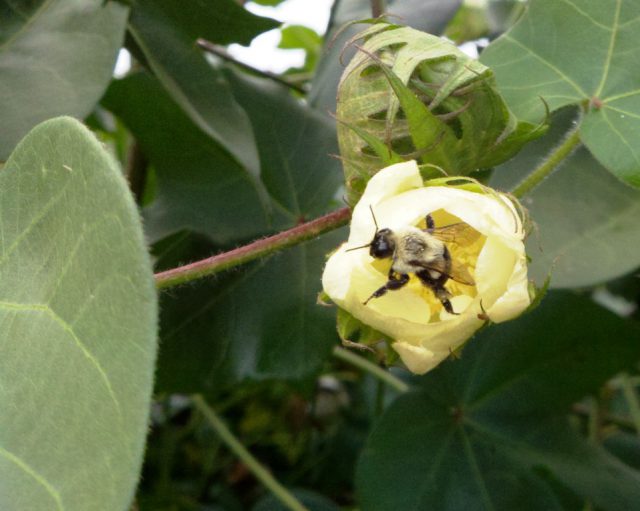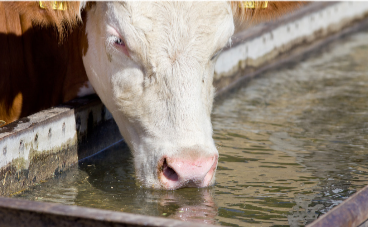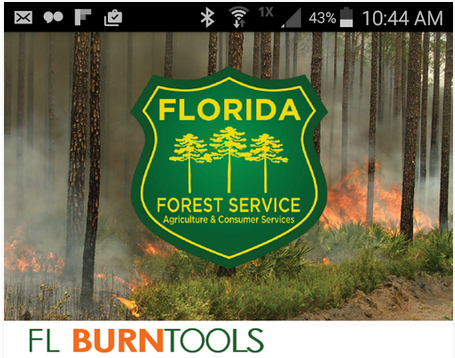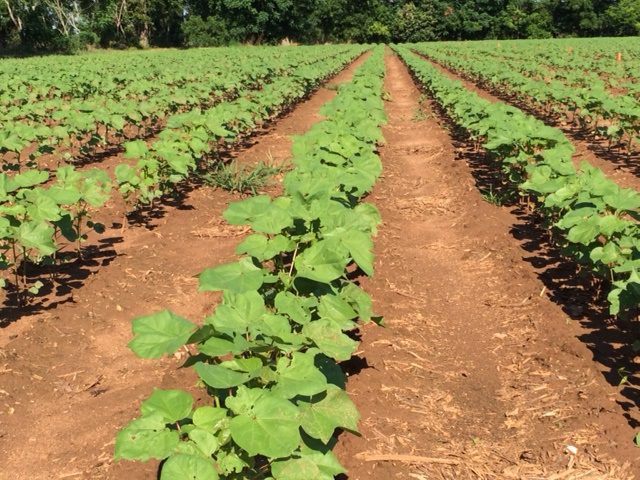
by Judy Biss | Aug 4, 2017
Overview On January 12, 2017, the Environmental Protection Agency (EPA) released its final “Policy to Mitigate the Acute Risk to Bees from Pesticide Products.” This policy outlines EPA’s label statements designed to mitigate acute risks to bees from pesticides. The...

by Michael Mulvaney | Jun 30, 2017
Michael J. Mulvaney, UF/IFAS Soil Specialist & Glen Harris, UGA Soil Specialist If you’re like me, you’re watching this rain and wondering where your nutrients are in the soil profile. The Jay FAWN station has recorded almost 20″ of rain so far in June. ...

by Doug Mayo | May 25, 2017
This week’s featured video was developed by the Alabama Cooperative Extension Service to explain the benefits of good quality water for livestock. Alabama Water Resources Extension Specialist, Eve Brantley, discusses the best water practices to use in your...

by Andrea Albertin | Mar 17, 2017
The 2016 Florida Water Bill authorized regulations that will affect everyone in Florida. Farmers and ranchers have implemented Best Management Practices (BMPs) that maintain or improve water quality on their lands for many years on a voluntary basis. But, for those...

by Doug Mayo | Mar 17, 2017
On February 20, 2017 Florida Commissioner of Agriculture Adam H. Putnam and the Florida Forest Service announced the release of “FLBurnTools,” a new mobile app to inform the public about drought, wildfire danger and wildfire activity. Prescribed burn practitioners can...

by Libbie Johnson | Feb 3, 2017
Alabama Cooperative Extension will offer training for anyone who will be applying auxin herbicides to dicamba or 2,4-D tolerant crops. While mandatory for Alabama farmers, Florida farmers can also attend these educational classes. See the table below for the date,...







